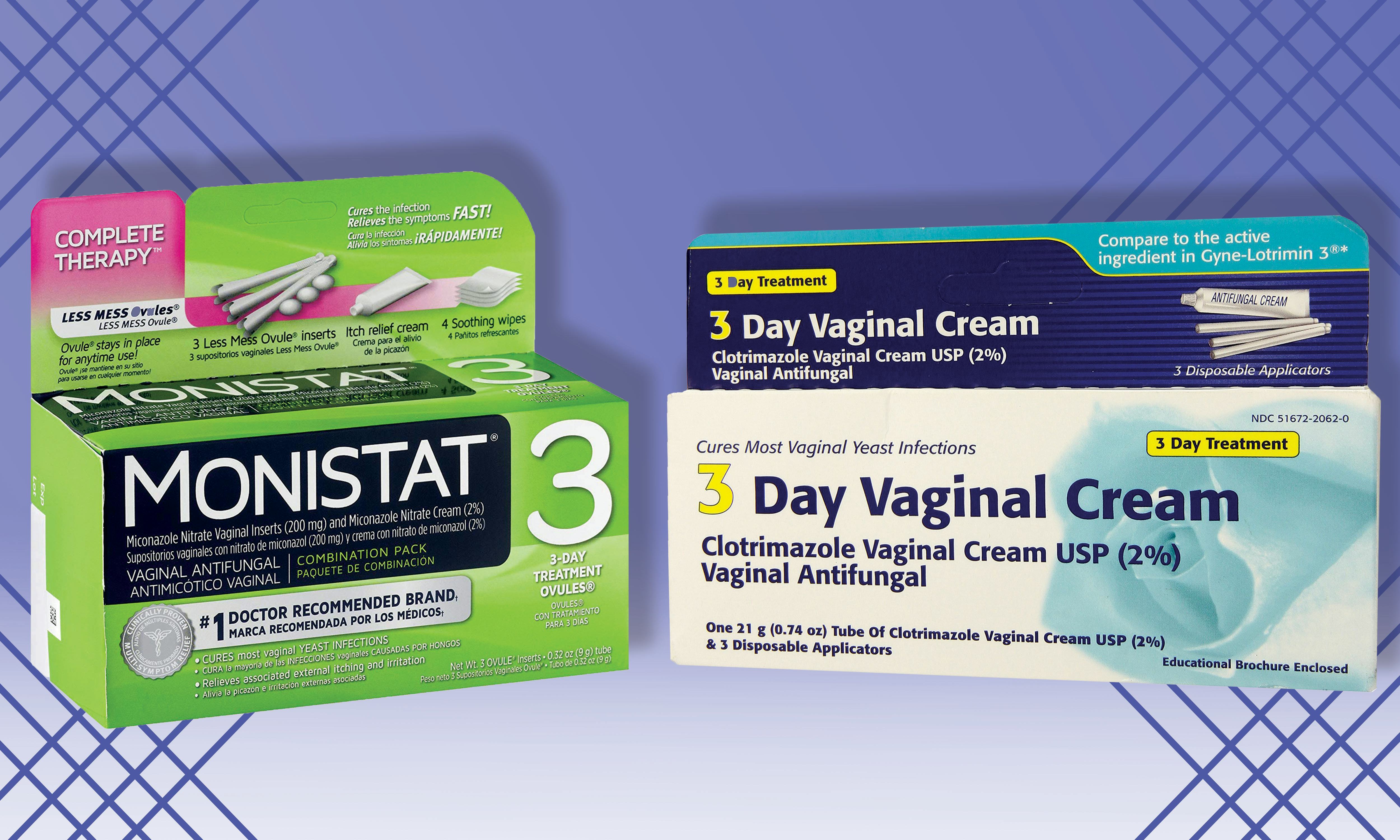


mentagrophytes showed resistance to azoles. A study conducted in a Mexican hospital assessed in-vitro resistance among 36 patients using the E-test method who did not respond to treatment for dermatophytosis. Itraconazole and terbinafine showed the lowest and fluconazole had the greatest minimum inhibitory concentration (MIC). assessed the efficacy of antifungal agents, i.e., griseofulvin, terbinafine, itraconazole, ketoconazole, fluconazole, voriconazole, clotrimazole, ciclopirox olamine, amorolfine, and naftifine over 15 different species of dermatophytes using Clinical and Laboratory Standards Institute (CLSI) broth microdilution method (M38-A). Although there is sparse literature on the exact frequency of clinical resistance in the Indian subcontinent, it is being very commonly encountered in clinical practice. Recurrent dermatophytosis is defined as reoccurrence of infection within few weeks of stopping the treatment. However, patients with disease duration of more than 6 months to 1 year, with or without recurrence, despite being treated with adequate course of antifungal drugs are considered as chronic dermatophytosis. There is no standard definition of chronic dermatophytosis in literature. We are hereby reviewing the newer formulations of topical therapies and drugs/interventions in experimental phase. Moreover, cost of these therapies remained most important obstacle in developing countries like India. Other forms of local therapies including lasers and photodynamic therapy are still in developmental phase and still need to be optimized in terms of dosing schedule, frequency of use and duration of therapy. Newer formulations or newer derivatives of existing drug classes and few newer drug classes are being developed to tackle this menace. Significantly increasing resistance has led to state of anxiety in physicians and significant distress to the patients socially, emotionally, and financially. Furthermore, resistance to commonly used topical and oral antifungals has increased alarmingly. The growing epidemic of recurrent/chronic dermatophytosis has led to the need for newer antifungal agents and/or preparations. Various studies have found the significantly rising trend of this infection in India especially in last 4-5 years. Dermatophytes are amongst the most common causative agents of fungal infections worldwide and widespread in the developing countries.


 0 kommentar(er)
0 kommentar(er)
